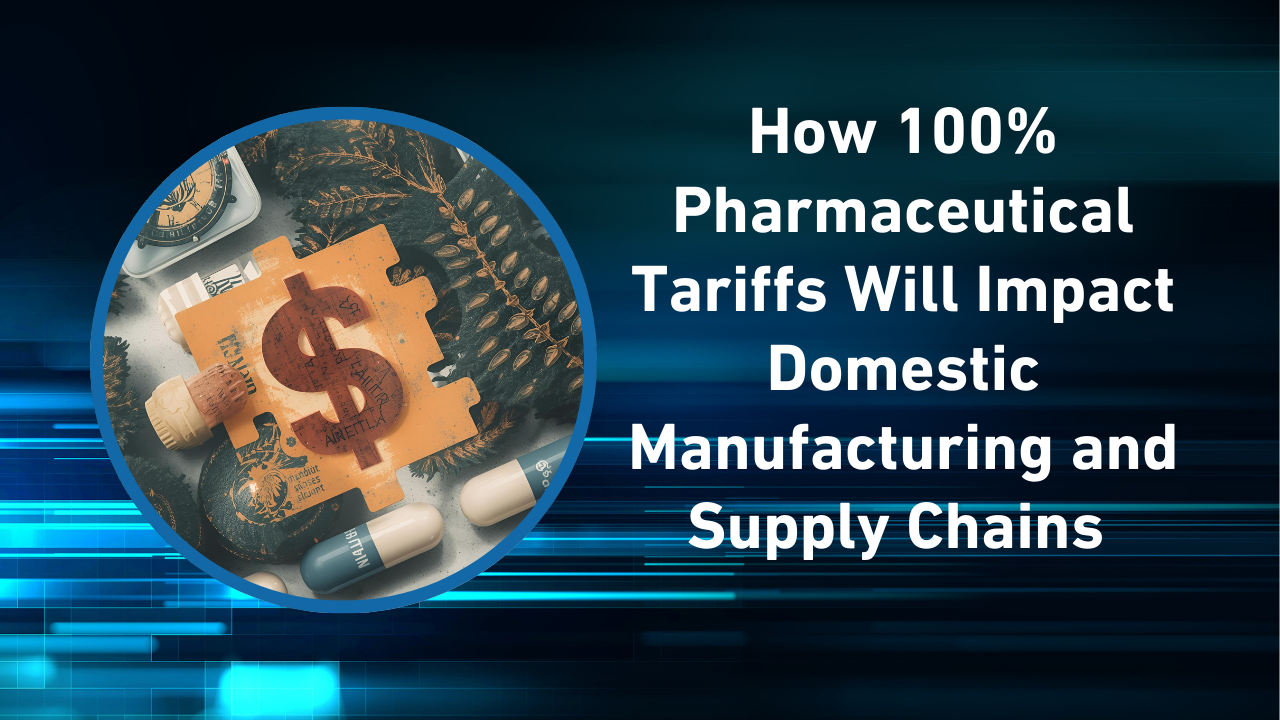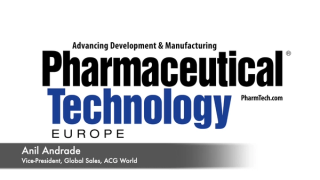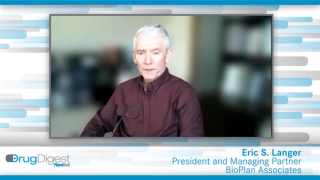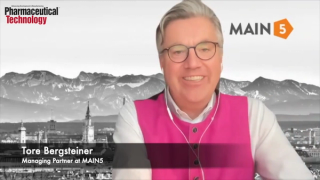
Supply Chain
Latest News
Latest Videos

More News

Challenges that can prevent sponsors realizing the full potential of managed access programs can be overcome by embracing a just-in-time manufacturing strategy.

Frontier Scientific Solutions has unveiled plans to use a $1.5 billion commitment from a major investor to create a global free trade zone gateway to facilitate the life sciences supply chain using Wilmington International Airport in North Carolina.

Manufacturers of five autologous or matched allogenic cell therapy products have selected TrakCel's IT platform, OCELLOS, to orchestrate the administration of these therapies, which are approved or expected to be approved in 2024.

Recent hurricanes in the US close Baxter plant, shining a spotlight on supply chain fragility again.

Contract organizations offer assistance when managing changes to material suppliers during a product’s lifecycle.

Greater collaboration and understanding are needed to ensure the correct grade of excipient is used in drug products.

Qualifying material suppliers is a crucial step in ensuring safe and effective drug products.

The US currently relies heavily on imports from China and other overseas nations for APIs needed to manufacture drug products of critical importance to US patients.

A new initiative will advance access to quality medicines and vaccines in Africa.
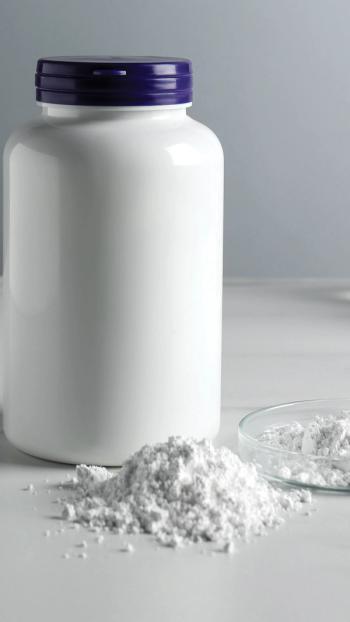
The final drug product relies on the quality and reliability of the raw materials used in its production.

The company is collaborating with the Access to Oncology Medicines Coalition to expand patient access to immuno-oncology therapy Opdivo.

The midterm report of the European Medicines Agencies Network Strategy finds that the network has strengthened and is on track to achieve its objectives.

WHO provides a look at the world’s health as the agency turns 75.

Regulators in the European Union have published the first version a list of critical medicines in the EU to avoid potential shortages.

Drug shortages across Europe are being exacerbated by increased demand, struggling supply chains, and manufacturer suspensions.

Chris Spivey, editorial director for Pharmaceutical Technology and Biopharm International, spoke with Concetto Andrea Rizza, Marketing and Communications manager, ICE Pharma, on sustainability and ICE’s green approach at CPhI Barcelona 2023.
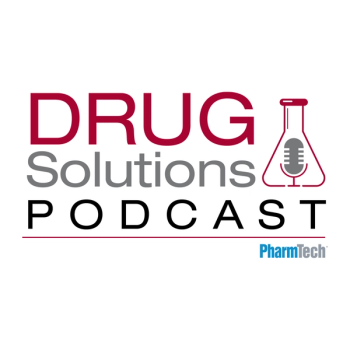
In this episode of the Drug Solutions podcast, Jill Murphy, former editor, speaks with Bourji Mourad, partnership director at ThermoSafe, about the supply chain in the pharmaceutical industry, specifically related to packaging, pharma air freight, and the pressure on suppliers with post-COVID-19 changes on delivery.

The agency’s solidarity mechanism allows Member States to support each other when there is a shortage of a critical medicines.

The agency is warning patients and healthcare providers about pre-filled pens falsely labeled as Ozempic.

Chris Spivey, editorial director, hosts a wide ranging discussion on the COVID-19 pandemic response, future government communications, and healthcare funding for mRNA with experts Dr. Kate Broderick, Chief Innovation Officer, Maravai LifeSciences and Dr. Tom Madden, President & CEO at Acuitas Therapeutics. Highlights include supply chain modalities, ensuring a fully trained manufacturing workforce, combining delivery with gene editing innovations, epigenetic approaches to modulate gene expression moving toward the clinic. We conclude with the huge potential for RNA expression of monoclonal antibodies and protein replacement applications.

All members of the pharmaceutical supply chain must implement reliable sourcing and manufacturing strategies that balance quality and costs to ensure the uninterrupted supply of high-quality medicines to patients worldwide.

The new policy will require trading partners to supply, accept, and manage all documentation of product and ownership of prescription drugs electronically.

Excipients should be treated equally when it comes to quality management, risk assessment, and testing.

Under the exclusive agreement, Hikma will commercialize products in Rakuten Medical’s pipeline for cancer treatment in the Middle East and North Africa region.

Mapping America’s Pharmaceutical Supply (MAPS) Act aims to establish a database including key information about critical drugs so supply chain weaknesses can be identified.

